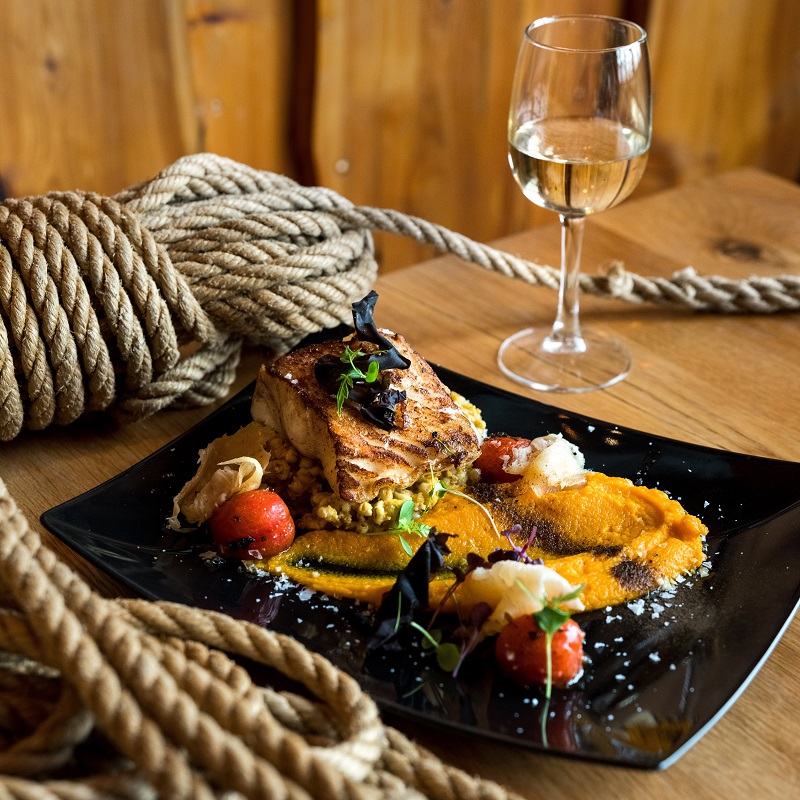
You’ll most commonly see dessert wine poured in a small glass and sipped slowly like a scotch. However, most notably, this wine is associated with being paired with food that is equally or sweeter than the wine itself.
There are many different varieties of dessert wine, but it starts by categorizing if it’s a fortified non-fortified wine. However, it can also fall under 5 different types such as sparkling, lightly sweet, richly sweet, sweet red, and of course fortified. Noble Rot, which is a form of richly sweet dessert wine, uses botrytized grapes. The colonization causes the grape skins to thin and burst which allows the grape berry to lose water and increase its sugar level. Similar flavor wise to Noble Rot, Ice Wine has a unique process that makes it quite rare and expensive to find. One reason, the vineyard must be in a location where it can freeze and second, the grapes must be harvested and processed while frozen.
Depending on the sweetness level can also depict a bottles shelf life and when the best time to drink it. For a wine that is lightly sweet, it is best to drink it as close to the vintage date as possible. Richly sweet and fortified tend to have an age life that can reach lengths such as 50+ years. Also, the higher the alcohol content the longer the shelf life. In the US, dessert wine is classified as being 14% alcohol by content or more.
FOOD PAIRING
Dessert that matches or exceeds sweetness of the wine.

